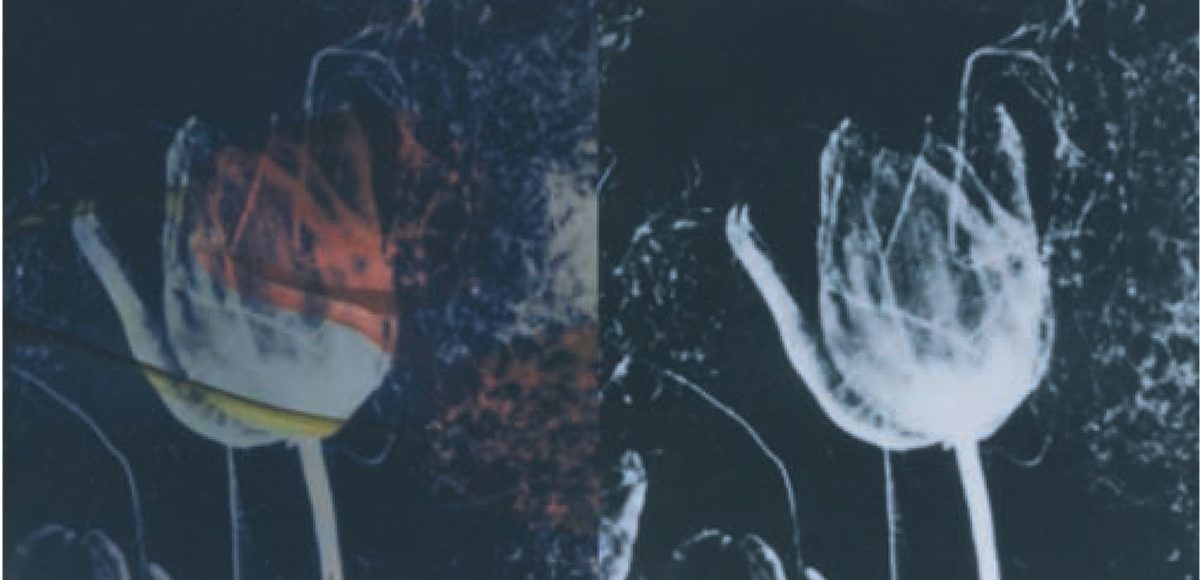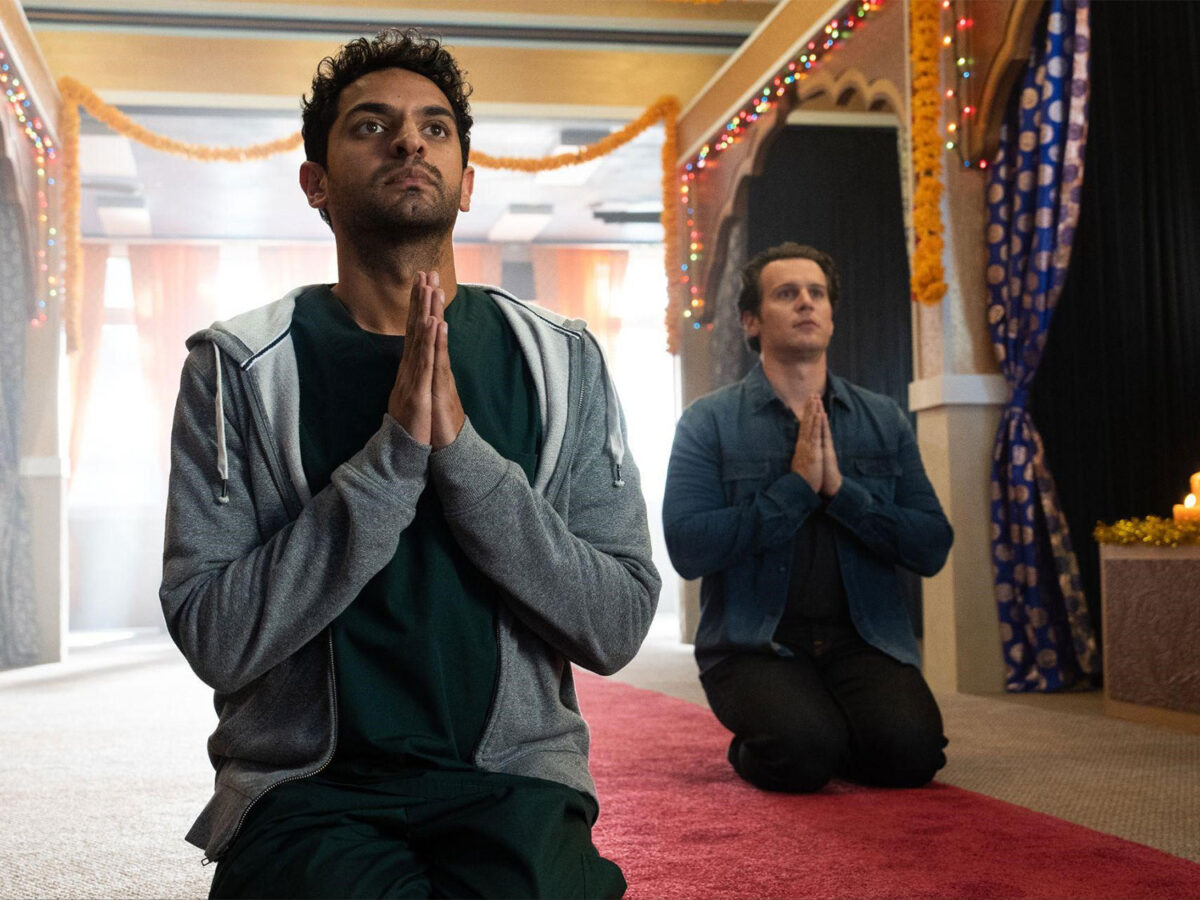You’ll be hard-pressed to figure out exactly how artist Michelle Stuart creates her lumigrams, a new photographic technique she invented that looks startling like a painting. A selection of these curious and compelling new works are part of Stuart’s show, “The Earth as a Map of Time,” currently on display at Marc Selwyn Fine Art through Nov. 2.
“Perhaps she’ll tell you,” the eponymous gallery owner Marc Selwyn tells the Courier. “She won’t tell me.”
When later asked, Stuart, who was born in Los Angeles in 1933, immediately starts laughing. It’s a question “everybody” asks her.
“It is a photographic method, but it’s playing with light,” she says simply. “I just started playing, and that’s what happened. Last year I was doing these experiments and I came upon this method, where you take [light] away, then you diminish it, then you accelerate it.”
The result of these playful pursuits is a series of powerful botanical works presented as diptychs where something has been noticeably shifted to highlight extinction. The works have proven to be timely, although Stuart pointed out that she’s been producing extinction-themed artworks for years, as have other artists and writers for decades before she began.
“I’ve been doing work on extinction since the beginning of the 90’s, and nobody’s paid any attention,” she mused. “It’s really something that people want to shove under the table.”
But perhaps bolstered by having a U.S. president who denies that climate change is happening and the increasing recognition that the changes are progressively “dire,” Stuart surmised that her work on extinction is now being viewed with a nuanced degree of respect.
“The best I can hope for is to draw attention to the climate crisis,” she said.
Known for her rich and diverse practice, including site-specific earth works, frottage, drawings, paintings, sculpture and photographs, Stuart’s work has always centered around her lifelong interest in mankind’s relationship to the natural world. In addition to the lumigrams, the current exhibition now in Beverly Hills features several of Stuart’s works on paper from the 1970’s. Those works, displayed in Selwyn’s main gallery, are all of rubbings of the earth, in which the landscape and paper support combine to create an image and a record of the site where they were made while revealing the subtleties and textures of the land.
“Her big contribution was she merged drawing and the landscape,” Selwyn said. “In a way it’s like a primitive photograph of the earth.”
A pioneering figure in the Land Art movement and one of the few women artists actively involved in making outside art when she first began working in the 1960’s Stuart’s career has always centered on the landscape. Her rubbings of the earth’s surface, where she would grind earth or asphalt or other natural media onto muslin backed handmade paper, are each unique. They capture a moment in time, be it the trail from the recent jaunt of a squirrel or how the wind has scattered the sand. One of the most powerful pieces in the exhibit, “16D – Off Route 28, 1974,” where the blackness of the rubbing is punctuated by misshapen white dots, presumably little rocks upon the earth, is reminiscent of the night sky. Indeed, Stuart has always been captivated by the cosmos.
“I had the land, I didn’t have the moon,” she said of her desire to draw the moon’s surface.
Growing up in California was a profound source of inspiration for Stuart. She recalled traveling in the desert with her father, “back when you got out to nowhere pretty fast,” to go hiking and being very moved by the landscape. After graduating from art school, she worked for a time as an assistant to Diego Rivera in Mexico, in his older age, helping craft murals, before moving to Europe. She eventually settled in New York, where she has spent the bulk of her adult life.
A lifelong environmentalist and avid collector of botanical specimens with an unflappable interest in the cosmos and extinction, Stuart is actively working on creating new lumigrams, in addition to a memoir. Currently, she said she is working on a large photographic piece about space and time.
“We’re so lucky to have art,” she said. “Art has the power to do everything.”







